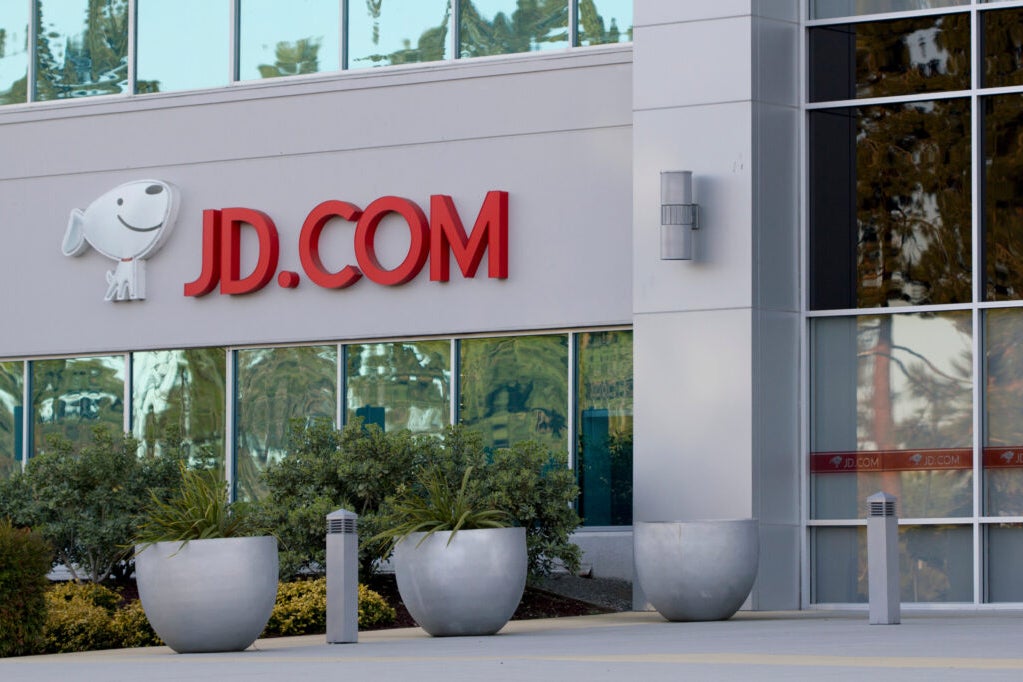JD.com Challenges Global Food Delivery Norms with Zero-Commission Strategy
In a disruptive move that could redefine the food delivery industry, Chinese e-commerce giant JD.com has launched a zero-commission model for restaurants, directly challenging market leaders like DoorDash and Meituan. Announced on June 10, 2024, this strategy implements founder Richard Liu’s “$0.35 Principle” — capping per-order fees at just 35 cents to cover basic payment processing. The approach eliminates traditional 15-30% platform commissions, potentially saving restaurants billions annually while offering consumers lower prices.
The $0.35 Principle in Action
JD.com’s radical pricing model stems directly from founder Liu Qiangdong’s longstanding business philosophy. The “$0.35 Principle” refers to his belief that technology platforms should charge only what’s necessary to maintain operations — in this case, a flat 35-cent fee per transaction rather than percentage-based commissions. Internal documents reveal this covers:
- Payment processing costs (22 cents)
- Basic platform maintenance (8 cents)
- Customer service infrastructure (5 cents)
“This isn’t charity — it’s sustainable disruption,” explains Dr. Lina Wen, Professor of Digital Economics at Peking University. “By leveraging JD’s existing logistics network and AI routing systems, they’ve achieved operational efficiencies that make near-zero margins viable at scale.”
Market Impact and Competitive Response
The announcement sent shockwaves through the $1.2 trillion global food delivery sector. Within 24 hours, shares of Meituan dipped 4.2%, while DoorDash saw a 3.7% decline. Analysts at Bernstein estimate that if JD captures just 15% market share in China, incumbent platforms could lose $2.8 billion in annual commission revenue.
Key differentiators in JD’s model include:
- No surge pricing: Delivery fees remain fixed regardless of demand
- Integrated logistics: Leverages JD’s 1,500+ warehouses for faster fulfillment
- Direct restaurant partnerships: Bypasses third-party aggregators
However, skepticism remains. “There’s no free lunch in business,” cautions Mark Cohen, Director of Retail Studies at Columbia Business School. “Either JD is subsidizing this through other revenue streams, or they’re betting on massive volume to make the economics work. Both approaches carry significant risk.”
Restaurant and Consumer Reactions
Early pilot results from 8,000 Beijing restaurants show promising trends. Participating establishments reported:
- 27% increase in order volume
- 12% reduction in menu prices passed to consumers
- 38% higher profit margins despite lower per-order revenue
“For the first time, we’re not hemorrhaging money on delivery commissions,” says Zhang Wei, owner of three Chengdu hotpot restaurants. “We’ve redirected those savings into better ingredients and staff bonuses.”
Consumers appear equally enthusiastic. A JD.com survey of 10,000 users found 73% would switch primary delivery platforms for zero-commission pricing, with 68% noting they’d order more frequently if savings were transparently passed along.
Technological Enablers Behind the Strategy
JD’s ability to implement this model hinges on cutting-edge logistics technology. The company has deployed:
- Autonomous delivery vehicles: 6,000 robots handling 22% of Beijing orders
- AI-powered routing: Reduces delivery times by 19% versus competitors
- Predictive ordering: Algorithms anticipate demand spikes with 87% accuracy
This infrastructure allows JD to maintain delivery fees 18-25% below competitors while still achieving profitability on the logistics side. “Their secret sauce isn’t the commission structure — it’s the fact they’ve built the most efficient last-mile network in Asia,” notes supply chain expert Hiro Tanaka of Nomura Research.
Global Expansion Plans and Challenges
While currently focused on China, JD has filed trademarks for “JD Eats” in 14 countries, suggesting imminent international expansion. The move could particularly disrupt markets where:
- Commission rates exceed 20% (U.S., U.K., Australia)
- Restaurant associations have protested platform fees (Canada, France)
- Dense urban centers enable logistics efficiency (Singapore, Japan)
Regulatory hurdles may prove significant. “Food delivery is intensely local — from labor laws to health codes,” warns former Grubhub COO Sagar Sheth. “JD’s China playbook won’t translate seamlessly to Western markets with different cost structures.”
The Future of Food Delivery Economics
Industry analysts predict three potential outcomes from JD’s disruption:
- Price wars: Competitors forced to slash commissions
- Vertical integration: Restaurants developing in-house delivery
- Subscription models: Shift toward Amazon Prime-style memberships
As the battle unfolds, all eyes remain on whether JD can sustain its model. “This could be the Uber vs. Didi fight all over again,” suggests tech analyst Ming-Chi Kuo. “Except this time, the Western players are the ones playing catch-up on unit economics.”
For restaurants and consumers alike, JD’s gamble promises immediate benefits. Whether it sparks lasting change or becomes a cautionary tale about profitless growth will depend on execution in the coming quarters. Those interested in tracking the rollout can monitor JD.com’s investor relations page for real-time metrics on the program’s expansion.
See more Business Focus Insider Team

